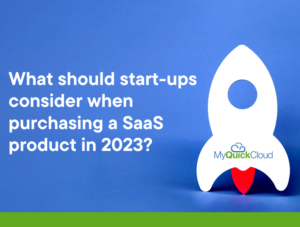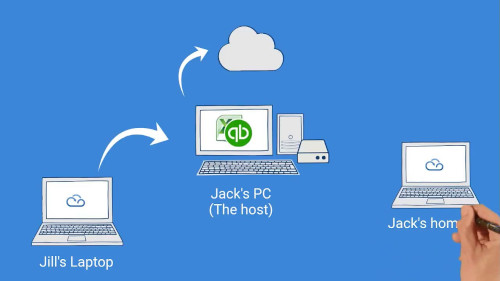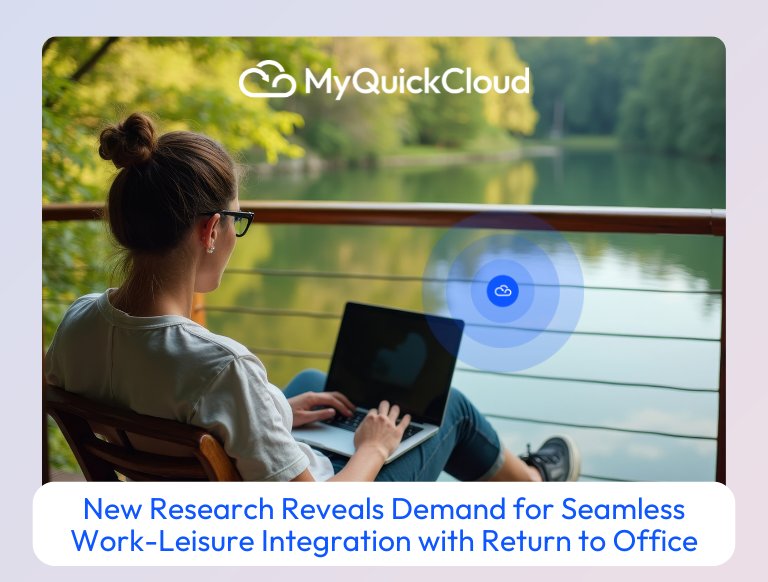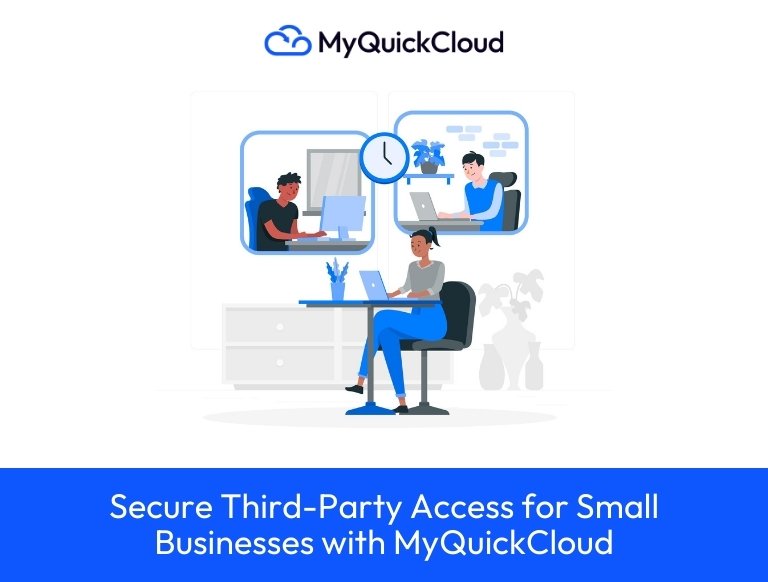In the search for a new SaaS product, scalability, support, and integration are key factors to consider.
Researching, demoing, and pricing options takes up precious resources. There are 8,000 and counting martech products on the market.
Startup founders working closely with sales teams understand the importance of SaaS. Among the top reasons teams aren’t using technology to qualify leads, Pipedrive’s latest research, the State of Sales Report, found that companies haven’t found the right tool yet.
It is too expensive to ignore tools that automate and simplify processes as you scale.
Taking research shortcuts or sticking with inefficient tools will cost you more in the long run. By implementing a SaaS solution, you can increase efficiency and revenue.
What is the best time to invest in a new SaaS solution?
This is a classic start-up story. It is common for one employee to handle an entire function (e.g. an entire sales team might be comprised of one employee). Basic, available tools (such as email and spreadsheets) are used to manage that person’s workload.
The employee may struggle to keep up with tasks as the workload grows, especially if they have other responsibilities. To manage assignments and record-keeping, you’ll need to create a two-person workflow for the start-up.
As communication volumes increase, important information and tasks may slip through the cracks.
As your start-up struggles to meet client commitments, operations will falter.
How can a SaaS solution help you scale and grow your business?
- Absence of a key employee causes work bottlenecks
- New employees have trouble understanding internal systems and finding customer records
- Process-related issues are constantly pinging staff for assistance
- Assigning tasks is confusing for staff
When searching for SaaS, consider these three factors
You should gather a few key pieces of information before you start your search: your budget, how many users you’ll need, and what features you need.
Scalability
Choose a SaaS solution that can scale as your company grows rather than the best tool for now. Prepare a growth plan for the next two to five years, if you haven’t already. Does the SaaS solution meet your needs at the next level (or two) of growth?
Staff need time to learn how to use new tools, another reason to choose a long-lasting tool. Staff can also be resistant to change. You should choose a vendor that can scale along with your business rather than switching tools frequently.
It is important to look ahead in order to determine what your existing and future employees will need to achieve their goals and accomplish their objectives. How will a product marketer succeed if you hire him or her in the coming months?
JTBD (jobs-to-be-done) frameworks can help answer these questions. Learn what other experts do on a day-to-day basis and evaluate tools that will empower new and existing employees.
Customer support
Customer support, while in the acronym, rarely fits all needs. Comparing SaaS vendors requires you to look closely at the level of support they offer. You may end up troubleshooting on your own if you don’t.
In order to determine the level of support you’ll need, consider what’s at stake if technical issues or human error prevent your tool’s core functions from functioning. You may be able to get by with a basic level of support if you are willing to wait a few days for the issue to be resolved. You should invest in high levels of customer support if downtime threatens communications or revenue.
When evaluating customer support, ask these questions:
- How is implementation and onboarding supported?
- When customers retire older systems, do you provide migration services?
- Can you tell me what days and hours you are available for customer support?
- Is there an average wait time or response time for support tickets?
- Which method of communication do you use to communicate with customer support (phone, email, chat)?
- Are there premium support options available?
What ultimately determines your success is how much assistance you need. You may just need live chat support when evaluating a cold outreach tool, for example.
The first three to six months are crucial for ensuring a smooth onboarding process for those who will be using a new business intelligence platform. The key to success is hands-on account management.
Compatibility with software and integration
Your new SaaS system may need to integrate with legacy software and systems you currently use depending on the stage of your start-up’s growth. Based on a BetterCloud report, companies used an average of 110 SaaS apps in 2021, an increase of 38% from 2020.
Talk to your team members about what tools they use, what tools they don’t use, and what would make their lives easier.
If you are evaluating SaaS options, make sure they offer APIs or integrations with other systems. Integrating with a third-party system is something you should ask them about. If a tool relies on manual data uploads or doesn’t communicate with existing systems, you don’t want to invest time and money in it.
As a final note
Your company’s processes, communication, and operations will be improved when you select the right SaaS solution. You can hinder your start-up’s growth by failing to implement a solution.
You and your people need tools and solutions that will help them succeed. It means having the features and integrations you need.
When you research SaaS solutions that will scale with your company’s growth, provide user support, and integrate with existing systems, you’ll set your company up for long-term success.





